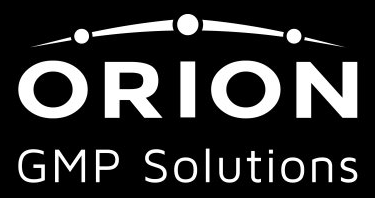Pesticide contamination presents many challenges in terms of analysis for compliance and consumer safety especially so when we are considering the cannabis industry. When pesticides are used on cannabis flower it presents a real threat to the health and safety of consumers. It is up to industry leaders to understand how to detect, mitigate the complications, and effectively provide information and scientific justification of how to protect the public.
These concerns have great impact on your business whether considering long-term economic success, patient health, or the valuable mental market share in patients who can trust the quality of your products. The diverse types of pesticides used by producers to protect against herbivory or mycological contamination come with every range of chemistries. For example the thorough California panel includes 67 pesticides, five mycotoxins, and a synergistic insecticide known as MGK-264. This extensive panel contains extremely variable limits for compliance designed to protect the health of consumers and especially immuno-compromised patients.
To meet this challenge we must emphasize the importance of sample prep. This crucial step sets the stage for the accuracy of the results and determining factor of whether or not the validity of the result will be questioned. An improper preparation without full extraction of pesticides masks the true content of your sample tested and is make or break for passing compliance. Confidence and surety comes with doing it right the first time and preventing a costly recall or loss of consumer trust. Proper sample prep includes extensive homogenization of material and exhaustive extraction to carry through all pesticides for testing. Cannabis flower as a matrix is incredibly complex and without clean-up of high content co-extractives like cannabinoids, terpenes, or waxes contributes to extra maintenance and down time for analytical instruments. As a lab doing daily high quantities of samples this translates to lost efficiency and profit that can’t be recovered. Sample clean-up designed to remove these co-extractives aids in efficiency and analysis of an extensive California panel by reducing the complexity of the sample overall.
After properly preparing the sample for analyses, there is no better technique for quantification limits of these pesticides than with gas & liquid chromatography coupled with tandem mass spectrometry. These instruments have enormous versatility and sensitivity to confidently quantify very trace and more prevalent pesticides in the same sample. To execute analysis with these instruments requires extensive analytical statistical validation of the method. This requires purchasing of reference standards, preparation of minimum five point calibration curves for each pesticide, recovery tests, and many initial technical replicate measurements to insure intra-day and inter-day reproducible analysis moving forward.
Whether you are a grower looking for appraisal of your crop, continued compliance as post processor, or analytical lab looking to verify quality of extraction material Orion GMP Solutions can help you achieve accurate testing and long-term economic success for your business. Contact us at [email protected] or visit our website at OrionGMP.com .


Leave a Reply